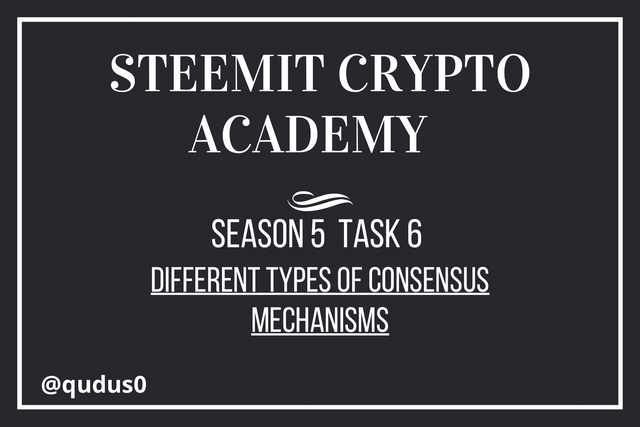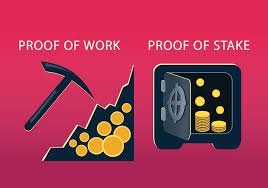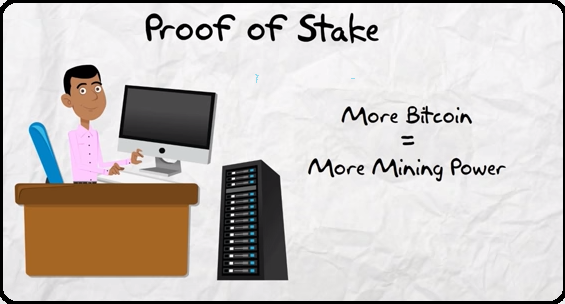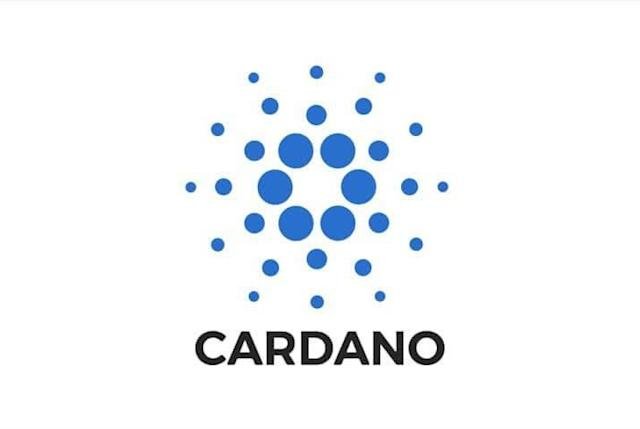
(1) What is the difference between PoW & PoS? Advantages & Disadvantages? Which one is better in scaling Capacity? Examples?
Consensus Mechanism
A consensus mechanism can be characterized as a method of agreeing on a network, and the arrangement ought to be reached by the greater part of the nodes in a system. The consensus mechanism is a cooperative system; decisions are made collaboratively, and authority is not given to a particular person or body. Hence it is not the same as the centralized system where decisions are taken in-cooperatively and authority is limited to a specific body.
The consensus mechanism is common with blockchain systems, and this keeps up with the cycle on the blockchain and also protects each user's activity with proof of ownership. Blockchains use several consensus mechanisms.
Below are some examples;
📌 Proof of Work (PoW)
📌 Proof of Brain (PoB)
📌 Proof of stake (PoS)
📌 Delegated Proof of Stake (DPoS)
📌 Proof of Capacity
Lets now consider our main cause of work which is the Proof of Work and Proof of Stake
Proof of Work
PoW is the acronym for proof of work; it's a consensus mechanism requiring energy and endeavor to mine the blocks. Proof of work means showing evidence of accomplishment of work using physical exertions and energy.
Miners effectively mine blocks by utilizing hash functions. Blockchain users use these hash function to solve mathematical problems afterward receives rewards for their efforts. When a block is mined and the miners are compensated for their work, another block is added to the blockchain. Additionally, these mechanisms, however, perform security roles in the blockchain, keeping programmers from attacking the network.
As we all may be aware, Bitcoin is one of the well-known cryptocurrencies that use the PoW. PoW was first introduced at the time of the Bitcoin genesis block as it was first introduced with the Bitcoin.
Proof of Stake
PoS, as mentioned earlier, is proof of stake; this type of consensus mechanism deals with the user holding a massive amount of tokens on the blockchain to mine a block. This type of system rewards the miners known as validators in the consensus mechanism depending on their holdings in the blockchain; with this type of system, the more the user's holdings on the blockchain, the more the mining power to mine the next block. Likewise, the less the user's holdings, the lower the mining power. This is quite different from PoW, where before a block can be mined would require great efforts in solving complex mathematical problems. PoS requires holdings on a blockchain to mine the next block, while PoW requires energy burnt with lots of effort to mine a block. Some examples of PoS blockchain is the Cardano also having the biggest market capitalization, Peercoin, which was the first cryptocurrency to use the PoS consensus mechanism.
Advantages & Disadvantages of PoW and PoS
| Merits of PoW | Demerits of PoW |
|---|---|
| No monies are required to mine a block | it’s very complicated to mine the block. |
| Users with low or no capital can mine the block. | It requires an incredible amount of energy and endeavors to mine a block. |
| It’s a very reliable way to sustain a blockchain example is Bitcoin. | high fees are changed on transactions of such blockchains—eg.Bitcoin. |
| When a block is m on such blockchains, high rewards are awarded to the user to compensate work done. | it requires more time for a transaction to be validated. |
| It secures and prevents programmers from attacking the network. | users can not run many transactions at a time. |
| Merits of PoS | Demerits of PoS |
|---|---|
| No intense work efforts and energy is required to mine a block. | users of such blockchain requires huge amounts of holdings in a blockchain to mine a block. |
| Miners with huge capital are able to mine the block most effectively. | The block can not be mined by users with low or no capital. |
| It provides high security preventing programmers from attacking the network. | lesser reward are earned by miners of such blockchain compared to that of miners of a PoW blockchain. |
| Transaction validation process is faster compared to PoW. | Before a miner can mine a block, there is a required amount of holdings the user must possess. |
| It’s very simple for miners with significant holdings to mine the block. | until staking period is over the, users cannot withdraw their holdings. |
| It’s a reliable way to sustain a blockchain example is the Cardano. | ... |
Which one is better in scaling Capacity? Examples?
Scaling capacity refers to the ability of a consensus mechanism to complete various transactions in a short time. What's more, from the benefit of POW and POS recorded earlier, we can see that the proof of stake(PoS) has the best scaling capacity since it can run more transactions simultaneously and is also very fast in contrast with that of the PoW. Also, it is shielded from all programmers and requires no physical effort and energy to run the system. Examples are the Cardano and Solana
Cardano
Cardano is an open-source proof of stake blockchain that provides smart contract functionalities. Cardano is created to be highly scalable. At the moment, it provides 250+ transactions per second. source
Solana
Solana is a blockchain platform with a native coin called SOL. Solana has positioned itself as an Ethereum competitor. Solana is rated as one of the fastest-growing Ethereum competitors. The Solana team says that they are building a decentralised blockchain platform that will enable scalable and user-friendly applications. source
Thank you. @qudus0



